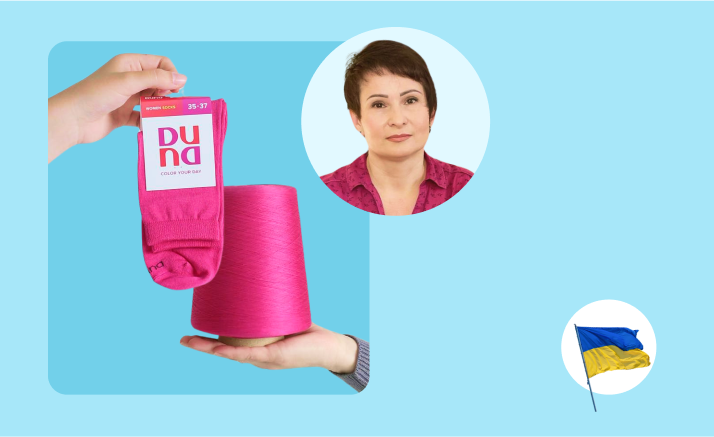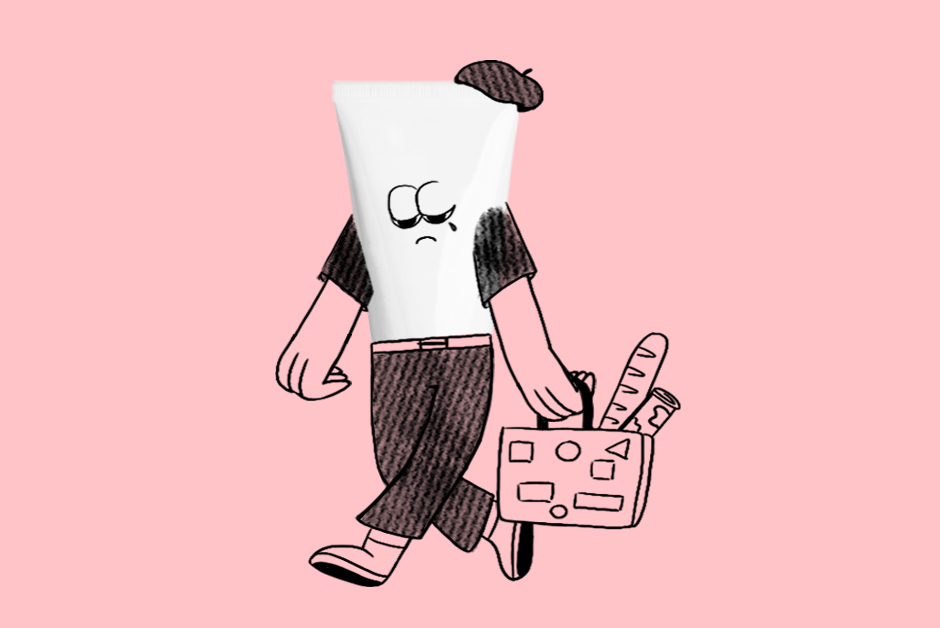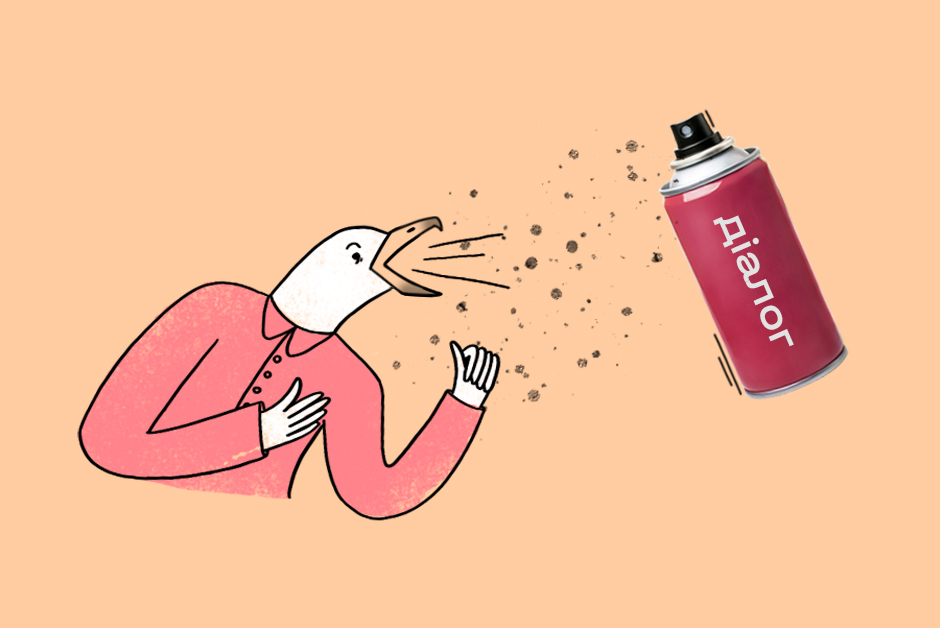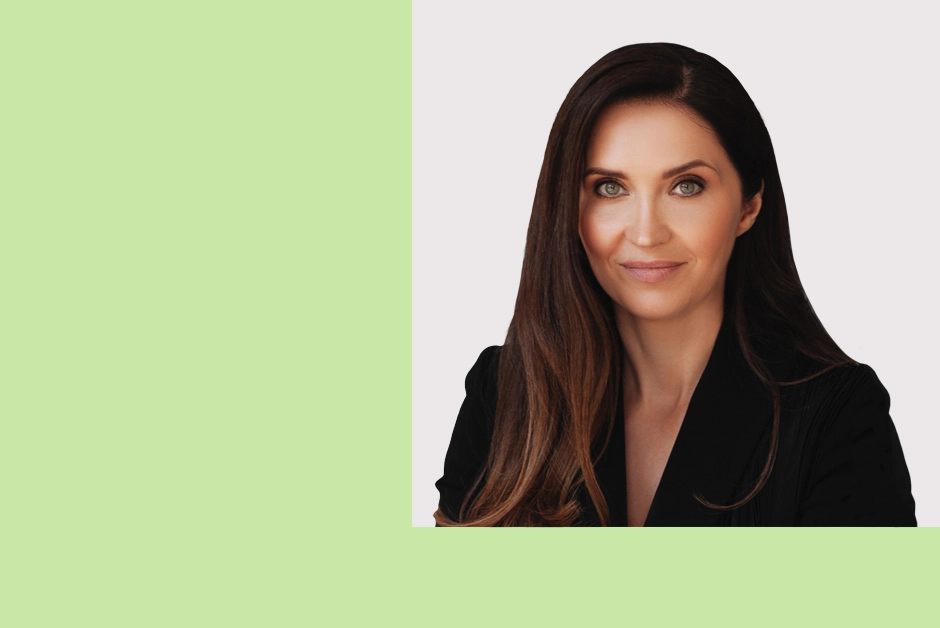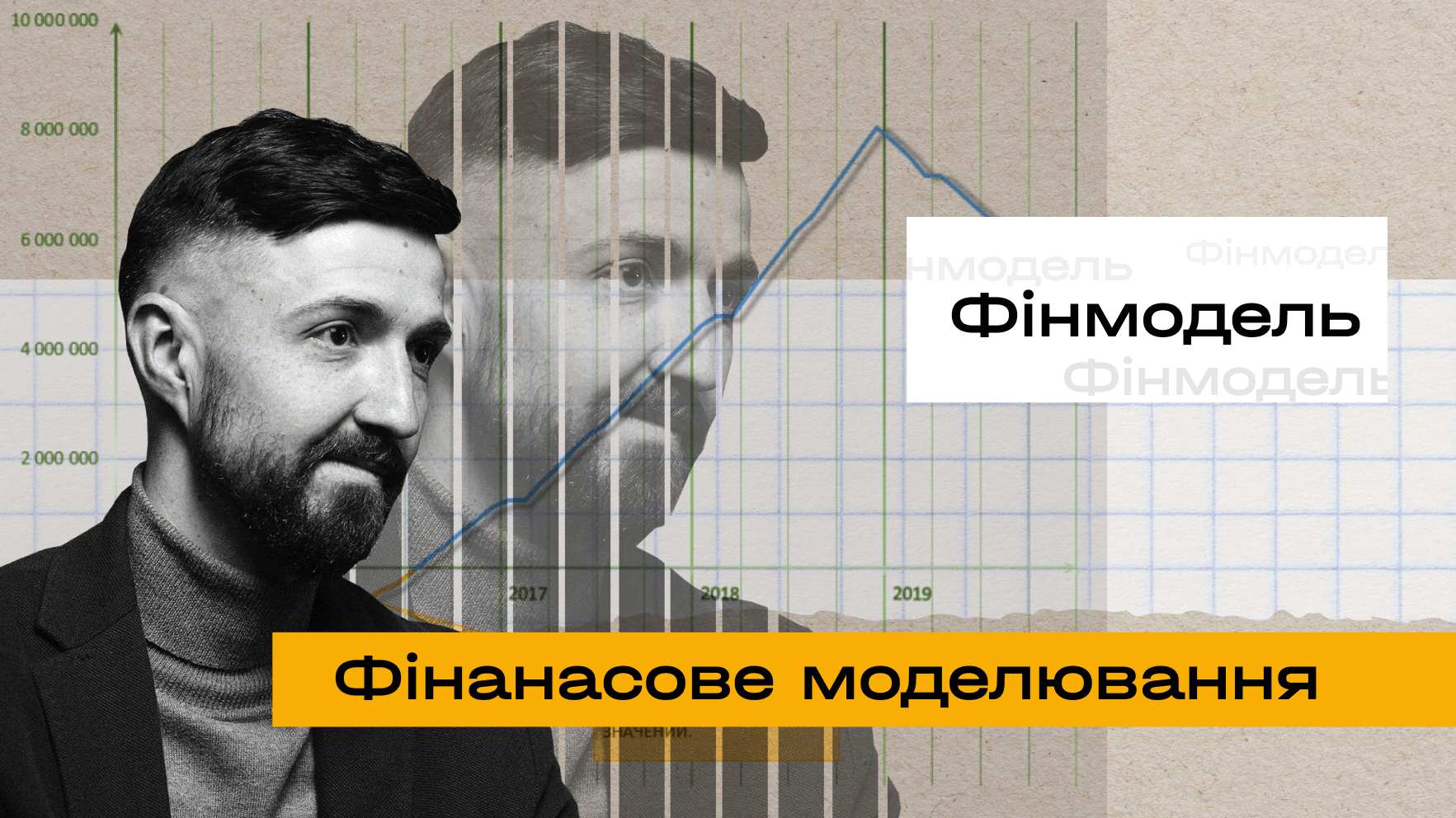If corporate marketing and go-to-market was an art, Stijn Demeersseman would be a modern Van Gogh, low-key yet widely recognised as a genius. A seasoned marketing executive with major successes under his belt, Stijn knows what makes a brand tick.
In his current role at Amazon as General Manager, Senior Category Leader Europe, he is the cross-functional leader for partnerships with Europe’s largest suppliers and builds new brand propositions across the Advertising and Stores organisations. He has also been leading the Amazon Peak period and the firm’s Brexit transition. Earlier in his career, he spent a decade at Procter & Gamble, followed by an equally long stint at L’Oréal.
Stijn sat for a chat with Laba Business School to discuss the latest trends in corporate marketing, from social media to the ever-growing power of influencers. He also explained how marketers who seek to make the next step in their career can embrace a Customer-centric approach and think holistically as a CEO. As for the rest? Check out his course at Laba, starting in May 2023.
What major big trends will be shaping corporate marketing over the next few years?
The talk of the town is AI and how it will disrupt how we work, live and study. It will impact the generations currently at work. We will work for 50-60 years, so we will have 3+ different careers in our lifetime, which is roughly three generations.
Being a Xennial, so second-generation professionally, I can already see AI’s impact in my field and beyond. We grew up without iPhones, but we embraced them, so we have to embrace AI too. It’s up to every generation to keep up to speed with technology. AI will change the way brands can raise the bar for both customer experience and customer service.
How do you capture the hearts and minds of the younger generations, obsessed as they are with TikTok, without losing the older ones?
It’s not that difficult. We have learned over the last few years how to tailor our messages, depending on the media and the audience.
We cannot simply divide by age, because some people at 50 are more digitally savvy than some at 25. Age is not the only differentiator. There is enough sophistication in the world today to tailor messages to people who are on TikTok, Instagram, Facebook or still love print.
There is a stereotype that 50% of your marketing budget is spent the wrong way, but we don’t know which 50%. Well, actually we get better and better at finding out, going at a much deeper level in terms of targeting people.
So we now understand which specific message works for which customers, at which specific points in time during the week, through which media, and so on.
How can a marketer pick the right channel for each target group?
It depends on your objective as your brand. If your objective is mass brand awareness, for example if you have a new soft drink, you will likely opt for mass media, like lineair or streaming TV, print or magazines. So it’s less targeting and a broader, more “bazooka” approach.
Once you have reached a certain brand awareness, then you focus on specific audiences and you want them to buy your product. So you make your choice of media channels accordingly.
There are many media channels, like retail media, social media or email marketing. You can choose depending on the message and again your objective. Retail media will be very effective when your primary objective is to convert marketing into sales. In the beauty industry, if you have an energising product, you target visual media like TikTok. If you are in an industry that is more scientific-oriented, you would go for print like magazines or your own brand website.
So it depends on the brand, its objective and the key message. Even the same brand will use various media depending on the stage of the product’s life cycle.
Do influencers make a difference?
A huge difference. I have worked for a while in Asia and you could argue that the Western world has not seen anything yet. In Asia, it’s all about influencers and live streaming.
When we talk about influencers, it’s not just the Kardashians and the big names, but also micro-influencers. And not just in the beauty industry. If you are interested in marketing courses for example, there are micro-influencers who will tell you which course to follow.
So the question for a brand is how to carefully choose their influencers, because an influencer can also have a negative effect on your brand equity. If you want to personalise your brand, you will opt for a combination of working with big stars and with a broader set of micro-influencers.
So from a brand perspective, you have to decide what your key message is and what type of influencers would be right for it. It’s really an art.
How can marketing executives step into the shoes of CEOs?
Marketing is at the heart of what companies do. Firms start with an idea, a product or a service that they want to bring to the market. A marketer’s core job is to bring it to the market and build a brand around it.
If you want to be successful as a corporate marketer, you need to think more holistically and work with the other functions of a firm. The better you are at connecting your own objectives to the company’s objectives, the stronger impact you will have on corporate strategy. And crucially, the more the CEO will listen to you and invest in your plan.
You might have heard that there is this big divide between marketing and sales and how these two different corporate functions don’t get along. But every good organisation needs to have a strong marketing brand and a commercial, external-facing function. So symbiosis is important.
And then there is the financial part. You need to understand how the CFO thinks when you build your marketing strategy. You need to put yourself in the shoes of the CFO, and also the CFO of the company to whom you want to sell your product.
You need to make a choice in your career. Do you wanna be a specialist or a generalist? If you are a specialist, you have to be an uber-specialist in a specific sub-domain, an expert on precision advertising for example. If you are not willing to go that deep into one topic, then you have to be a generalist and know the broader context in which you operate.
You will be talking in your course about product-centric and customer-centric perspectives. What is the main difference?
It’s about features vs benefits. If you are a product-centric firm, you think about your product and its characteristics, its ingredients, the packaging and so on. So you defend its features, often forgetting about the benefits for your customer.
Moving from the product to the market, the question is always what's in it for the customers. As a marketer, the more you think about what’s in it for the end-consumer, the easier it is to bring it to the market.
We have to make a distinction here between the end-consumer and the shopper. The shopper is the person who shops in the market. There is also the distributor who will sell the product. You have to ask yourself, why would supermarkets want to sell your product? Why sell a new soft drink, since there are so many of them? So before you get to the end-consumer, you need to get to the distributor and shopper.
The shopper is the person who walks into the store and wants to buy your product, but different factors will play a role in their decision-making process. It can be the price, or they need to buy something because they are on a lunch break, but would not buy it when doing their Saturday shopping. So being able to tailor the message to different stores, different shopping missions and different times around the week is important.
Marketers could think there is a linear process between the product and the end-consumer, but many things can influence decision-making, including decisions made by the distributor (supermarket) and the shopper.
In many cases, shoppers and consumers are the same, depending on the shopping mission. But they can also be different sometimes, as it happens with gifting categories. Spirits on many occasions are not bought by the end-consumer.
So the distinction between shopper and end-consumer is always important when you build your trade marketing plan. You have to make a distinction between what's your marketing plan and what's your trade marketing plan.
How do you shift from a product-centric to a consumer-centric approach?
Keep your finger on the pulse. So do your research about the consumer, the customer and the shopper.
Research is expensive, but it doesn’t have to be. It could be a focus group where you invite 10 consumers, and you just have a conversation that can bring many insights. It’s the same with a shopper: you can walk with a shopper in a store and see why they buy or don’t buy something. So it doesn’t always have to be eye tracking or anything expensive.
It’s the same with customers, when we are talking about retailers. It’s important to have a conversation with them to understand what's important for them. What are the challenges you can work on together, how your product will help them get in a better position or with their business metrics.
Their problem might be that they don't get new customers visiting their store. Or that they need to expand into a new customer group, for example younger ones. Or that they visit the store, but don’t buy into certain categories.
How do you know what consumers want and how does that translate into a good marketing strategy?
You have to think about how you interact with customers, consumers, shoppers and retailers. So you start with the question “Whom am I targeting?” and the rest is linked to that: the distribution channels, the marketing channels and so on.
Many marketers want to target the 25-35 years old and affluent group. But often they realise that their product is not bought by this target group. Their real target group might be older or less affluent. It’s an intricate process to ensure that the target group you have in mind is the correct one.
Every 6 to 12 months you need to think about what’s your next step. You may need to tailor your message to a target group you didn’t know you had. Or alternatively use different media and distribution channels to target the group you want to target.
Are there any marketing campaigns that you are particularly proud of?
I have done some work on brand repositioning in Australia that I am proud of.
In Australia, Garnier was a brand that was associated with sports, particularly the Australian Open. But it is also committed to sustainability and ‘green’ beauty. We therefore relaunched the brand with strong sustainability credentials from product to packaging and partnered with companies like Ocean Conservancy which is very relevant in Australia. We also ensured that any product produced outside of Australia was transported via ocean rather than air to significantly reduce CO2.
L'Oreal Paris is the number one beauty brand in the world, but in Australia it was sometimes seen as a distant brand, only associated with fashion models and red carpet. It was difficult for Australian people to connect with it.
So we put a lot of effort into demystifying this element of Parisian chic. We worked with local micro-influencers to localise the brand and bring it closer to people’s hearts, but without losing the appeal of the Parisian brand name.
We also launched a campaign against street harassment and domestic violence as a part of a L’Oreal’s global effort to play a community-oriented role.
You have worked for some of the world's biggest brands. What has this experience taught you about the art of selling – a brand, a product or even yourself?
The advice I give to younger members of my team is the same one of my first managers gave me. Follow the PIE model: performance, image and exposure.
- Performance means that you, like your product, need to deliver results. Display what you are capable of, both yourself and as a business.
- Image is what people around you think about you as an individual, but also as a product, a brand. You always have a certain image as an individual, a business or a brand.
- Exposure means that your image and performance are widely seen by people you do not necessarily work with on a frequent basis. Frequency, depth and range of exposure are also important. They are all linked to your personal branding equity.
So you need to treat yourself as a brand. When people ask me why their performance doesn’t translate into a promotion, I tell them that they have forgotten about the other elements of the PIE model.


Бажаєте отримувати дайджест статей?



